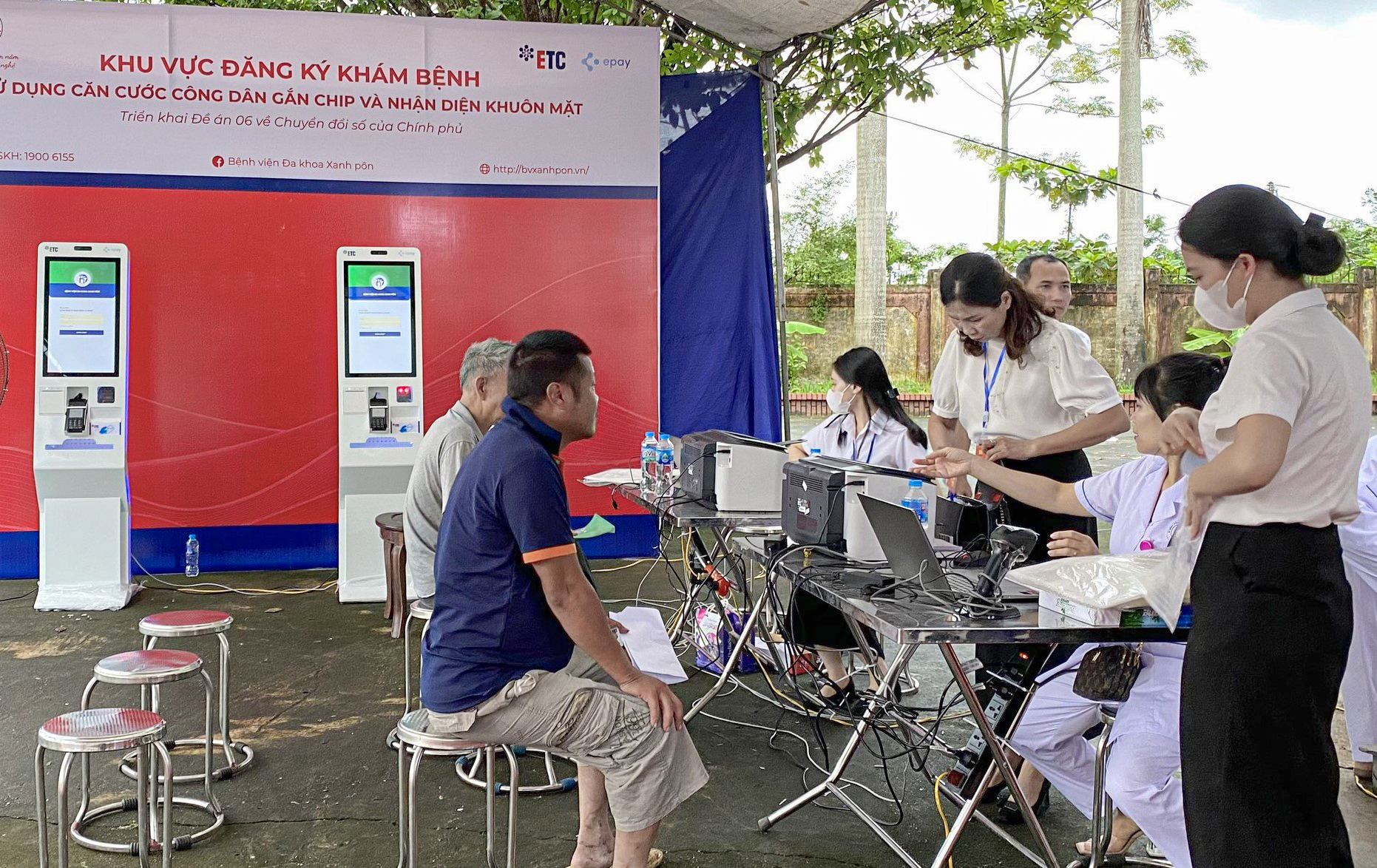Deputy General Director of EPAY: "There is still a lot of room for applying Population Data and Customer Identity Authe
Since 2021, Vietnam has been quickly adopting national digital transformation, with the application of population data, identification, and electronic authentication at the forefront.
According to State Bank of Vietnam statistics, by the end of March 2024, more than 42.8 million/207 million customers had their biometric information recorded; more than 40 million/207 million customers had their chip-embedded citizen identifying information stored. Customer authentication applications using chip-embedded citizen identification cards have been deployed by 48 credit institutions via phone applications, with 16 credit institutions deploying the service, and by 58 credit institutions via counter devices, with 22 credit institutions deploying the service.
State banks, credit institutions, bank branches, and payment intermediaries are all in great demand for customer identification and authentication. However, the application of new technology/services with high accuracy in customer identification is still in its early stages and there are still difficulties and obstacles in implementation, while technology has made many breakthroughs in identifying and authenticating personal identities such as: AI technology for identifying, comparing/matching biometrics; Personal biometric authentication by iris, DNA; Biometric authentication by palm print (PALM); National electronic identification, etc.

Mr. Dang Thanh Tuan stated that with the use of new technologies, the process of client identification and authentication has evolved swiftly, from traditional KYC to paper-based eKYC and now paperless authentication.
Some nations throughout the world, such as India, Brazil, and Indonesia, have pioneered the use of technology to verify users without the need for documentation, providing excellent customer experiences. As a result, consumers simply need to register their identifying information, confirm data sharing, authenticate information with the service system, and then utilise the service without showing identification papers. This is also the future application Vietnam intends to pursue.
According to the Deputy General Director, numerous agencies and divisions, from technology to legal, must work together to provide clients with a convenient and safe service experience through a clean and synchronised data warehouse. The efforts to prepare for changes in user awareness in the use of population data and identity authentication in various businesses and fields will include the unity and synchronisation of agencies, departments, and banking and financial organisations.



